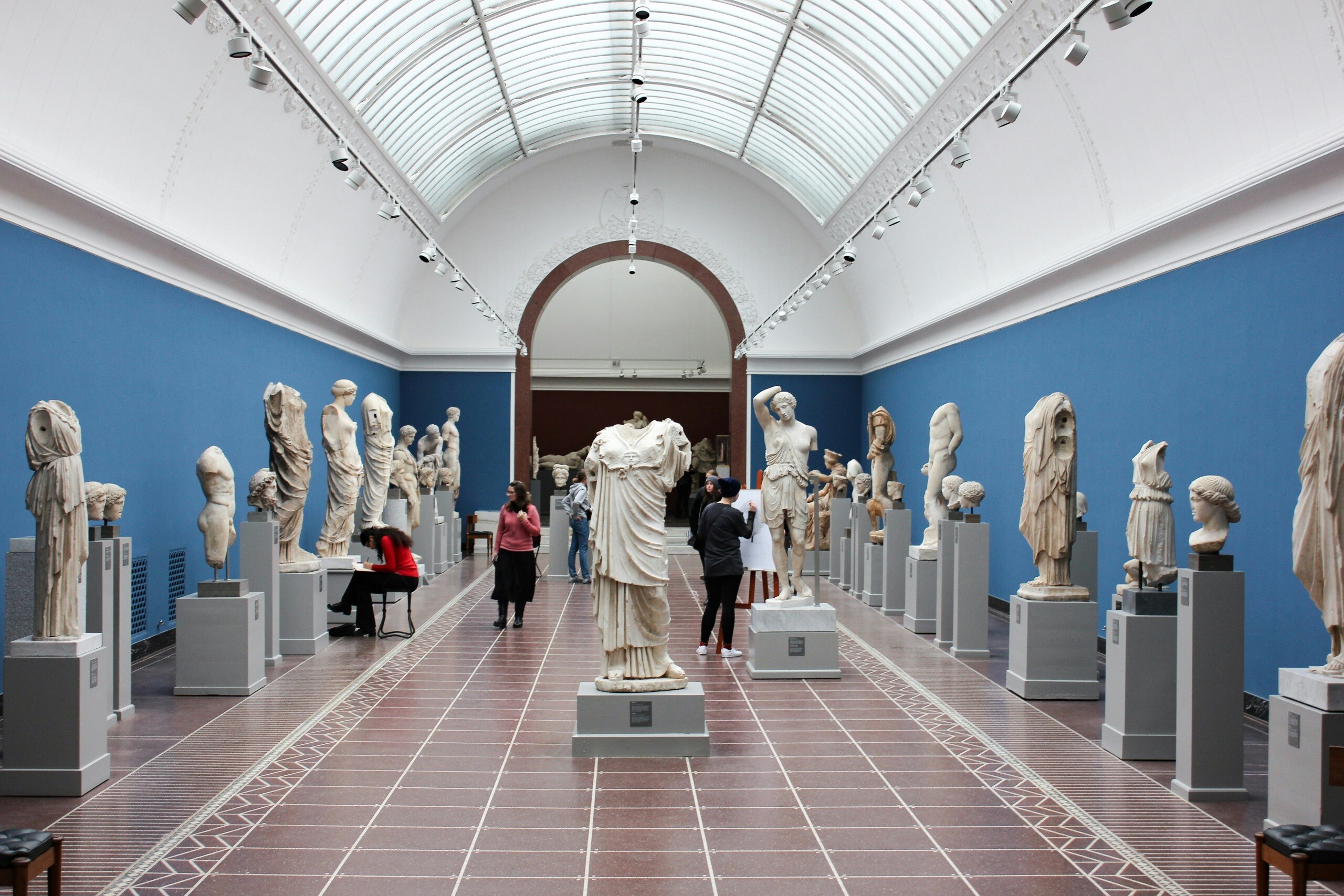
- Services
- Sector
- Languages
- Individuals
- About us
- Contact us
- Services
- Sector
- Languages
- Individuals
- About us
- Contact us
4.8 out of 5 Based on 2249 reviews

Every industry has its defining events, and for the fashion industry the Moda Trade Exhibition is a highlight. Twice a year industry leaders come together at the NEC in Birmingham. On August 6th, 7th and 8th they had a lot to talk about.
Moda serves two purposes. Firstly it’s a thriving marketplace where products are showcased and orders are placed. Secondly, it’s a forum for ideas where industry insiders share their thoughts on the future of fashion retail. The seminars that attracted our attention showed us not only where the industry is going, but how we can help with the journey.
Warren Knight of Think Digital First offered a fascinating insight into the behaviour of online customers, and the brand building activity that can win their loyalty. The key message? Get your targeting and your social media activity right and good things will follow.
The session that struck a particular chord with us was hosted by Simon Bell, Managing Director of Diligent Commerce. Simon’s seminar, “The Future of Fashion Ecommerce is Emotional”, emphasised the importance of engaging with customers emotionally. We couldn’t agree more.
The bottom line is that when it comes to fashion retail, if customers don’t feel anything they probably won’t buy anything. And encouraging the right emotional response from customers in new markets requires impeccable attention to detail. There are many pitfalls for fashion companies reaching out to new markets. Spanish fashionistas will be familiar with Mango, a multinational with a headquarters in Barcelona and 850 stores across 81 countries. When Mango targeted an increased market share in France, promoting a stylish line of gold jewellery seemed like a good strategy. Unfortunately something got lost in translation. The word esclava, which means bracelet in Spanish, was translated as esclave on the company’s French website. Esclave is the French word for slave. French women understandably saw no appeal in jewellery that branded them as slaves, and a high-quality product line was instantly doomed to failure. Even when text translation is accurate, different presentational styles from country to country must be taken into account. When we compare, for example, German and Japanese fashion retail sites, we find that German sites are typically clear and orderly, with structured lists of products and accompanying images, while Japanese sites often reflect the busy, cluttered nature of advertising in that country, cramming as much information onto a page as possible and delivering a colourful assault on the senses. If you want to connect emotionally with your audience, these cultural nuances must be respected. That’s where we come in.
Absolute Translations delivers market leading translation and transcreation, creatively adapting your core message to evoke precisely the emotional response you want from your target audience. Moda will return to the NEC in February 2018. Absolute Translations will be there, and in the meantime we’ll be doing what we do best; conveying your message with the utmost skill and care.

Publishing a book to an international market is a fantastic opportunity. It is a huge career milestone t...

Think of the work involved in creating museum exhibitions. The concept development, design, fundraising,...

Think of the work involved in creating a stellar marketing campaign. Market research, competitor analysi...
As part of our ongoing efforts to protect the environment for future generations, Absolute Translations is proud to have achieved carbon negative status!
